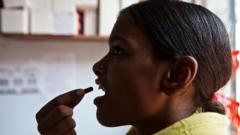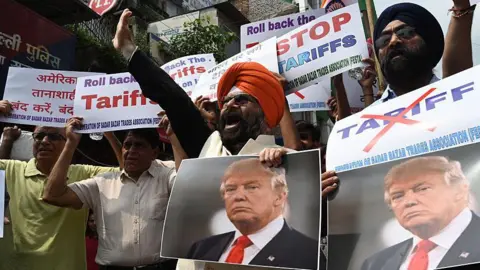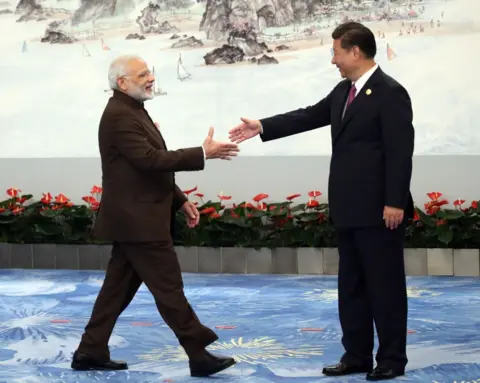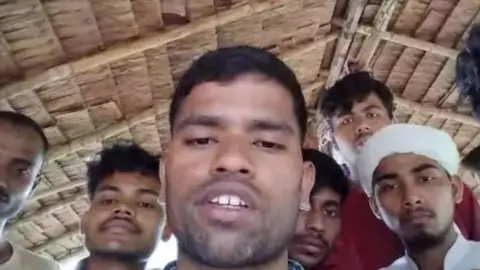India is grappling with an alarming rise in antimicrobial resistance (AMR), characterized by a dual crisis where antibiotics are both overused and often inaccessible. A troubling analysis conducted by the Global Antibiotic Research and Development Partnership (GARDP) indicates that the overwhelming majority of patients suffering from carbapenem-resistant Gram-negative (CRGN) infections in India are not receiving the needed treatments.
The GARDP study highlights an appalling reality: of nearly 1.5 million identified CRGN cases across several low- and middle-income countries, just 6.9% of patients received adequate antibiotic therapy. India alone accounted for an estimated 80% of the CRGN infections, and despite procuring a substantial amount of antibiotics, it managed to treat only 7.8% of cases. Common bacterial strains responsible for ailments, such as urinary tract infections and pneumonia, are becoming increasingly resistant to even last-line medications.
Healthcare professionals like Dr. Abdul Gaffar of Apollo Hospital in Chennai describe the harrowing experiences of patients who suffer from superbug infections and for whom no effective antibiotics are available. This striking irony poses a sharp contrast to widespread concerns about antibiotic overuse, illuminating a crisis where the essential medications required to treat infections remain out of reach for many.
Dr. Jennifer Cohn, GARDP's Global Access Director, calls attention to the urgent need to address not just antibiotic overuse but also the treatment deficit that persists in low-income nations. The study assessed eight intravenous antibiotics capable of combating CRGN, identifying significant shortfalls in availability: fewer than 104,000 treatment courses were provided across eight countries, far from meeting the needs of millions.
Access barriers contribute to this grim situation, including logistical challenges in reaching healthcare facilities, obtaining accurate diagnostics, and soaring costs that place vital treatments beyond the reach of impoverished patients. Dr. Gaffar captured the essence of inequity in access: "Those who can afford these antibiotics often overuse them; those who can't, don't get them at all."
To combat both overuse and underuse, experts propose that health systems implement more robust regulations and establish protocols requiring close oversight of antibiotic prescribing. Additionally, India could capitalize on its growing pharmaceutical sector to foster innovation and develop new antibiotics while generating more localized data to guide treatment strategies effectively.
Without strategic interventions and coordinated policies, the healthcare landscape in India risks deteriorating, threatening the very foundations of contemporary medical practice. As stated by Dr. Gaffar, effective access to antibiotics is not merely about prescription management but about ensuring that those in dire need are prioritized. The challenge ahead is to harmonize access with appropriate usage of life-saving antibiotics to prevent an unraveling of healthcare systems.






















